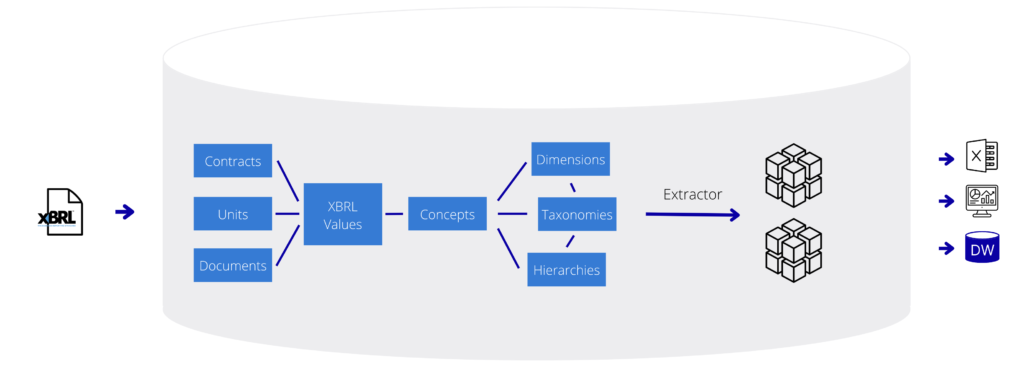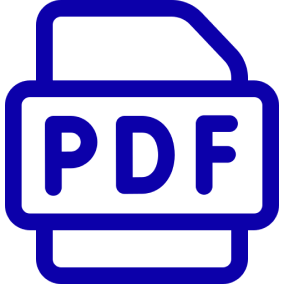
XT DATABASE
Analyse your XBRL data the simple way
XBRL Data Untapped Resource
The availability of low-cost, high-quality XBRL data has grown significantly over recent years. Both regulators and consumers of financial data require an easy-to-use system to analyse this data, while enterprises want to consolidate regulatory reports and benchmark themselves against publically available XBRL data of their peers.
Typical approaches mean shredding the XBRL data to store it in a SQL database, which removes the semantic layer provided by XBRL and requires significant effort to maintain. This makes the analysis of XBRL data too expensive for many use cases.
Cost Effective XBRL Analysis
XT Database was developed to store XBRL documents with the XBRL taxonomy definitions in a standard SQL database and to enable the data to be analysed and reported on using standard SQL-based tools. In addition, it can provide a robust platform to enable XBRL data to be extracted to an independent data warehouse or custom reporting systems.

XBRL documents can be loaded for any supported XT Taxonomy Package. The data can then be presented in a set of reporting tables (or views) to enable report creation and analysis.

The Base Tables
XBRL reports and the relevant XBRL taxonomies are stored in a unique database schema that can represent the complexity of any XBRL taxonomy but also stores each XBRL fact as a simple row in the relational database.

The Reporting Tables
The ‘extractor’ filters the XBRL data into the Reporting tables, using a flattened version of the schema. It can then be analysed without any knowledge of XBRL structures or from where the data can be readily extracted.
Flexible Solution
XT Database has been implemented as an ‘on premises’ solution by regulators seeking to analyse and benchmark the reports being submitted by hundreds of banks and insurers, while enterprises are using the technology to load data from UBPartner’s XT Cloud Service to a fully hosted XTDB service for generating Risk Dashboards and further analysis for areas such as ORSA.
Alternative XBRL Storage Solutions

XML Databases
Adopted for the Oracle Database XBRL Extension, this approach allows for the rapid loading of XBRL documents. To enable query performance over a range of documents, the database vendor needs to provide a mechanism to generate indexed relational views from the XBRL Taxonomy.

Big Data (noSQL)
The growing availability of noSQL databases that can handle a wide range of data types provides another potential platform for the effective analysis of XBRL data. The Big Data approach offers simple load mechanisms, document management, semantic search and, ultimately, a platform for greater use and applicability of XBRL data.

Valucor case study
Find out how an Actuarial Consultancy made ORSA Dashboards Simple Using the XT Database

